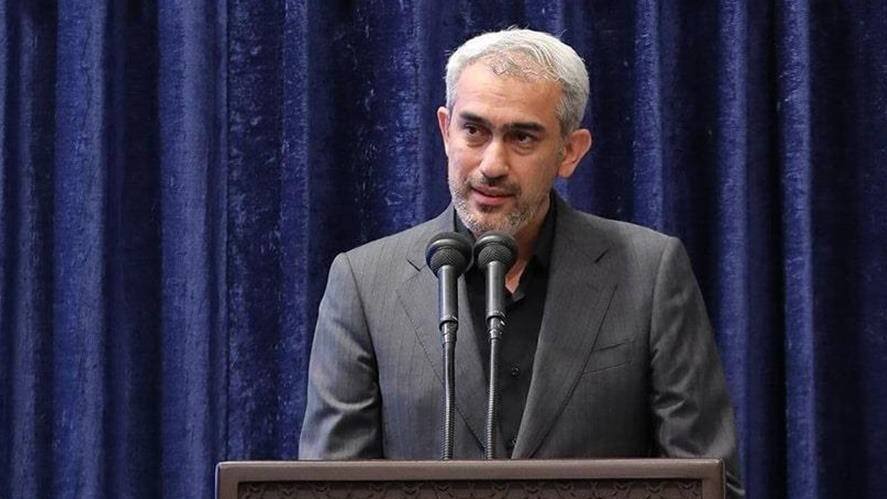Govt. targets investment growth in free trade zones to drive production

TEHRAN – Iran’s Minister of Economic Affairs and Finance, Seyed Ali Madanizadeh, said the government’s top economic priority for the Iranian year 1404 (2025–26) is to attract investment to boost production, with free trade zones positioned as key drivers of national growth.
Speaking at the inauguration of five airport projects in Kish Island, Madanizadeh said the Ministry of Economy is focusing on investment-led growth to create a long-term outlook for Iran’s economy.
The new airport projects, worth 15 trillion rials (about $30 million), are part of a larger development plan valued at 180 trillion rials (about $360 million) in the Kish Free Zone.
He said the government aims to make Kish Iran’s first aviation hub and a regional center for digital economy activities, alongside advancing development in other southern coastal areas such as Makran and Chabahar.
The minister also unveiled a new housing registration system for Kish Island residents without homes, highlighting the government’s broader strategy to improve living standards and infrastructure in free zones.
Madanizadeh emphasized that free zones must become pilot areas for implementing economic reforms and shaping a five-year national development vision. He said each zone will prepare a specialized development plan, with at least 20 large-scale investment projects designed with international consultants, and the goal of attracting a minimum of $10 billion in investment per zone by 2028.
Investment-led development for long-term growth
The minister described the current Iranian year as the “Year of Investment for Production,” underscoring the importance of channeling both domestic and foreign capital into projects that stimulate industrial, technological, and tourism-related growth. He said all efforts of the Ministry of Economy are directed toward ensuring a sustainable increase in production capacity and job creation.
The minister said the free trade zones are ideal testing grounds for innovative models of governance and investment. “These regions can lead Iran’s economic transformation if provided with the autonomy and the right regulatory framework to attract investors,” he noted.
He added that free zones such as Kish, Chabahar, and Anzali have the potential to serve as regional gateways, connecting Iran’s markets to Central Asia, South Asia, and the Persian Gulf through trade, logistics, and technology transfer.
Comprehensive reform in free zones
Madanizadeh said free zones should act as laboratories for new governance models based on meritocracy, transparency, and competitiveness.
He identified three main structural problems in Iran’s economic management—overlapping and inefficient decision-making bodies, weak human resource systems, and outdated policymaking frameworks.
“These zones can pioneer a new model of economic governance,” he said, adding that local authorities must adopt a single decision-making structure, recruit skilled professionals based on merit, and operate under free-market principles.
He also stressed the gradual removal of energy subsidies and state-imposed price controls within free zones.
“Free zones must be the first areas to experience real economic freedom—where energy and credit are priced competitively and reflect market realities,” he said.
EF/MA
Leave a Comment